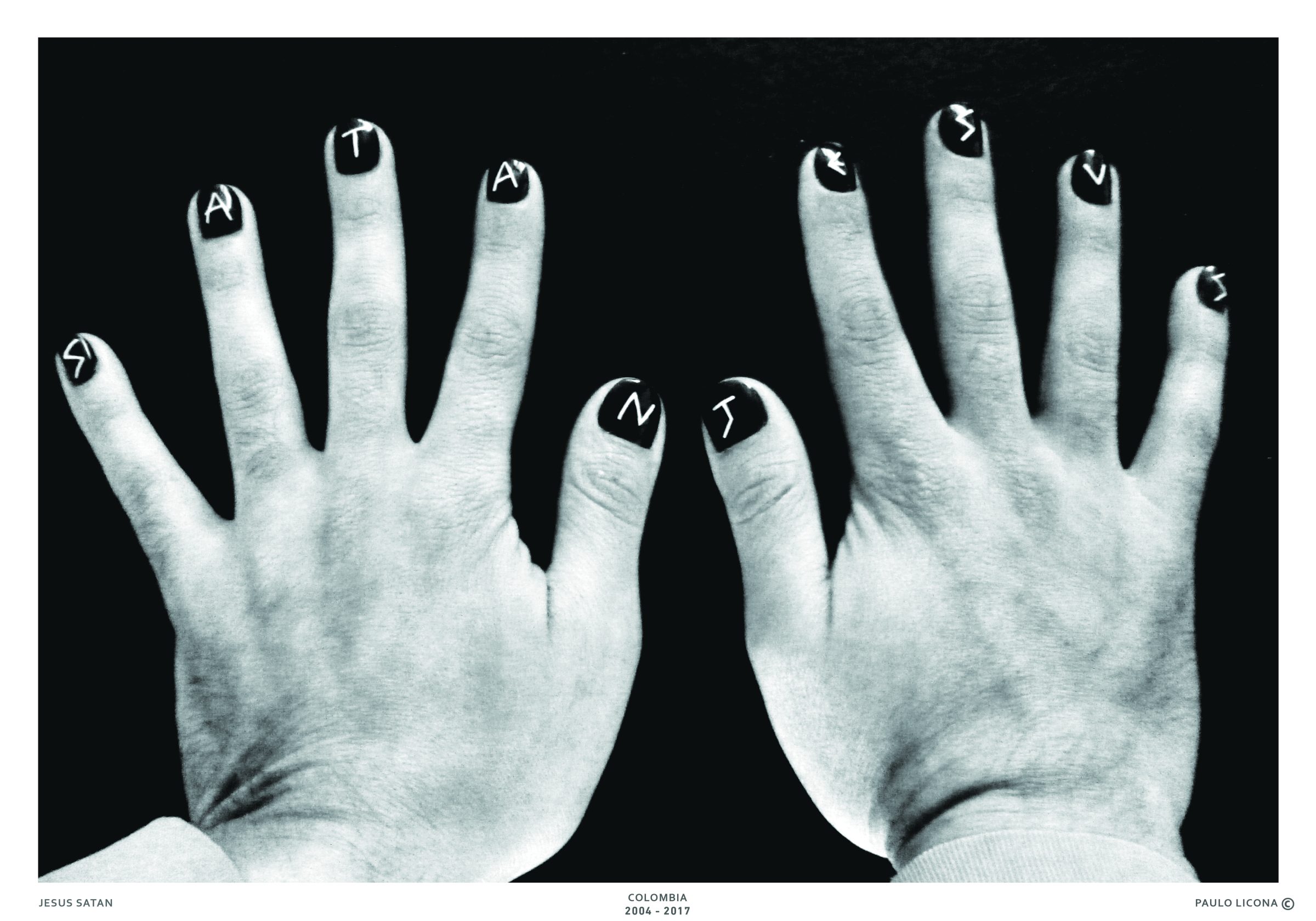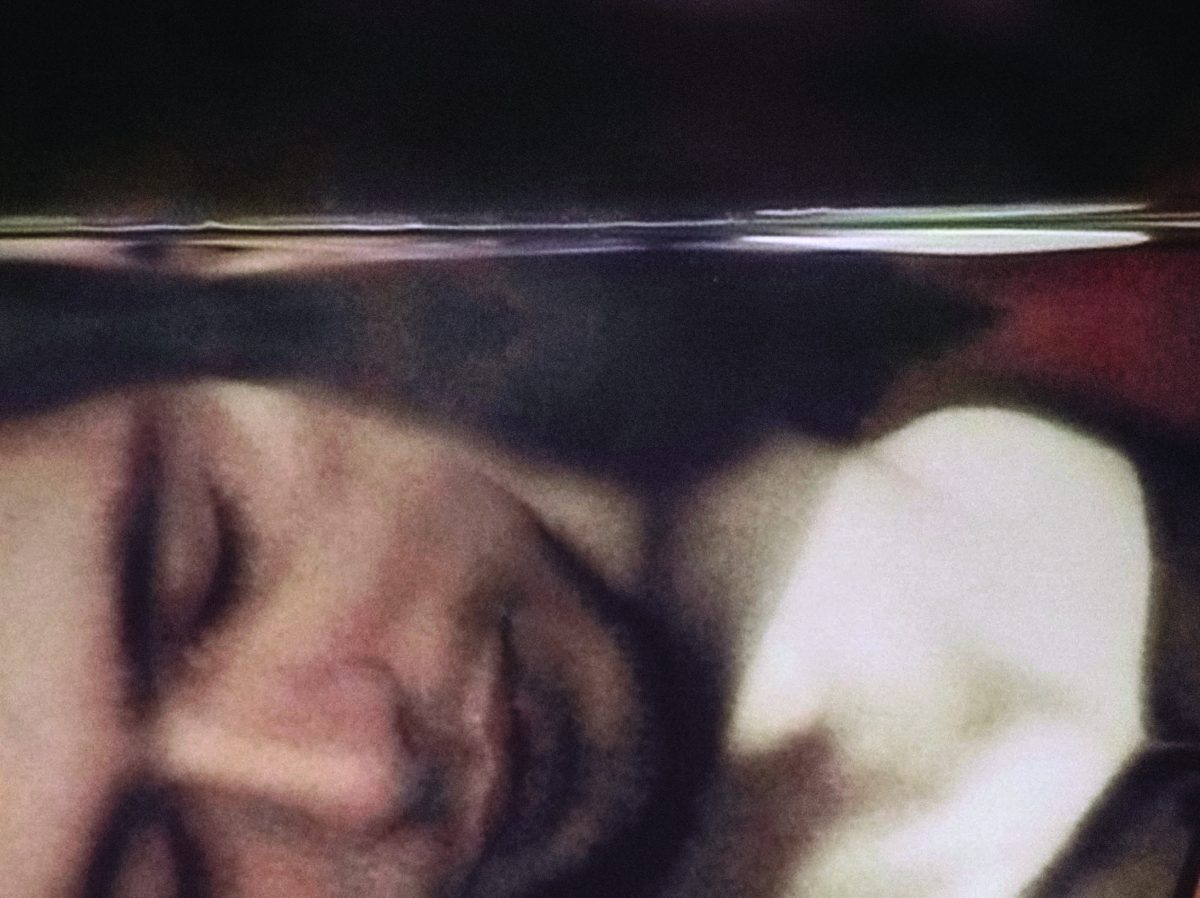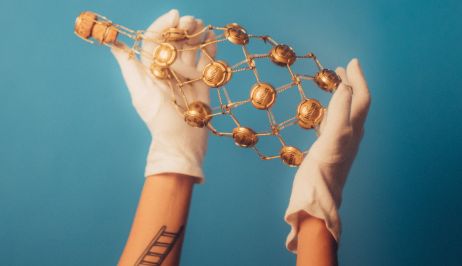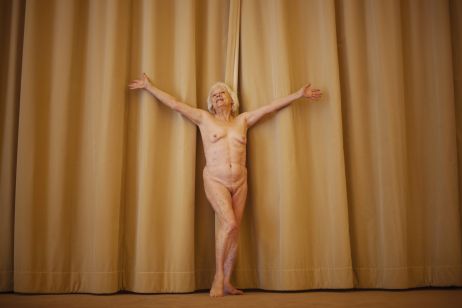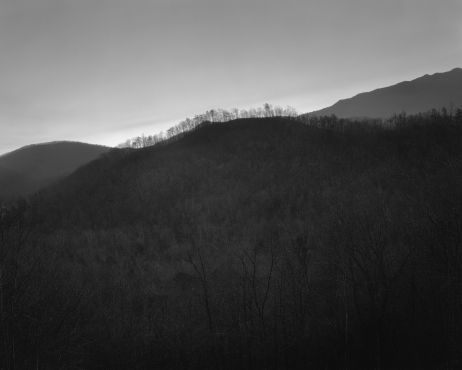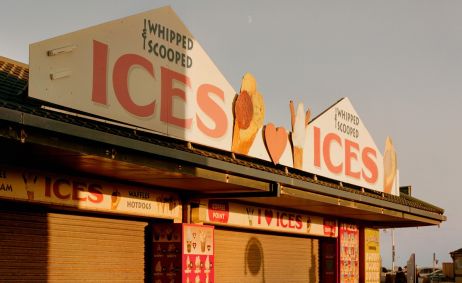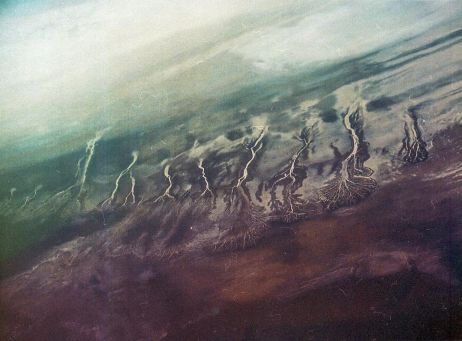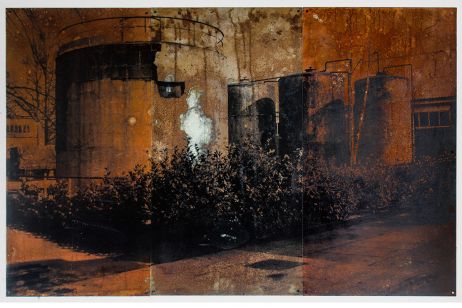Carolina Ponce de León is a former adviser on visual arts at the Colombian Ministry of Culture. Together with Sam Stourdzé, director of the Rencontres d’Arles, she’s curating the exhibition La Vuelta. It’s one of the major events of this year’s festival, which is taking a fresh look at Colombia through the work of twenty-eight artists and photographers. An interview by Jacques Denis.
Fisheye: The selected artists span several generations. How did you choose them?
Carolina Ponce de Léon: The selection is very broad. It was a question of picking the dominant themes of the exhibition based on what we thought would be the strongest to show from an artistic point of view, but also in a way that each artist could reveal the Colombian experience. It’s interesting to see how Beatriz González, who was born in 1938, pioneered the use of media images to understand the social and cultural reality of Colombia in the 1960s. And that, in a way, Andrés Felipe Orjuela, who was born in 1985, continues a similar form of research based on the photographic archives of media outlets. While Colombia’s social reality is a shared theme across several generations, it’s explored differently according to the experiences of each person. We wanted to highlight the complexity brought about by these points of contrast and commonality.
And so what’s the role of the younger generation in the history of Colombian photography?
There have been excellent photojournalists from the 1940s till now, but very few art photographers—it was seen as a lesser style. Photography took on a privileged position in Colombian contemporary art from the 1990s onwards, following a similar movement in the Western world. In fact, it was conceptual artists who “raised” the standing of photography as a mode of artistic expression in Colombia. So, in La Vuelta, we’ve included pieces from between 1976 and 1979 by Miguel Ángel Rojas, who was one of the first artists to explore the conceptual and experimental possibilities of this medium.
La Vuelta is based more on the work of art photographers and conceptual artists than documentary photographers. How come?
Along with Sam Stourdzé, we quickly decided to concentrate on more artistic approaches rather than journalistic or documentary work. The choice wasn’t about one being better or more precise than the other. But if it’s a question of “documenting” a country, we wanted to do this based on its “documents”. And, in that sense, the work of art photographers interested us, insofar as it offers a less definitive gaze than journalistic or documentary photography. Even though several artists use direct documentation, like a journalist would, they locate their work in the discursive and symbolic space of contemporary art. This shift in context creates further possibilities in the way we interpret the images and perceive the country.
Is there a desire to exonerate oneself from certain clichés about Colombia?
Some artists directly touch on these clichés. For instance, Juan Sebastián Peláez appropriates movie stills from Hollywood films that have actors playing very stereotypical Colombian gangsters. Others explore and expose whatever feeds these clichés—stories of violence, drug trafficking, etc.—in a more subtle manner, but without denying the way these stories infiltrate the spaces of everyday life. The problem with stereotypes is they flatten and simplify our understanding of reality, whereas dealing with the same themes through art allows for greater complexity and depth. Take Wilson Díaz’s video Los Rebeldes del Sur, for example, which documents a concert put on by FARC soldiers. Because of the shift in context of where it’s shown, it allows for a different understanding of individuals considered enemies of the state. The documentation shows a scene that’s absurd and humane, and destabilizes the more unidimensional and ideological representations of the “enemy” offered by the media. It’s more than just a desire to do away with certain clichés; the idea is to avoid as much as possible what Luis Ospina and Carlos Mayolo—two filmmakers from Cali—have called since the 1970s “porno-misery”, referring to the emotional, commercial and political exploitation of the theme of misery. From the point of view of the exhibition, this means presenting more ambiguous or piercing images that are sufficiently able to destabilize the audience so they can consider each photo in a less predictable manner—even if it deals with marginality, human suffering, etc.
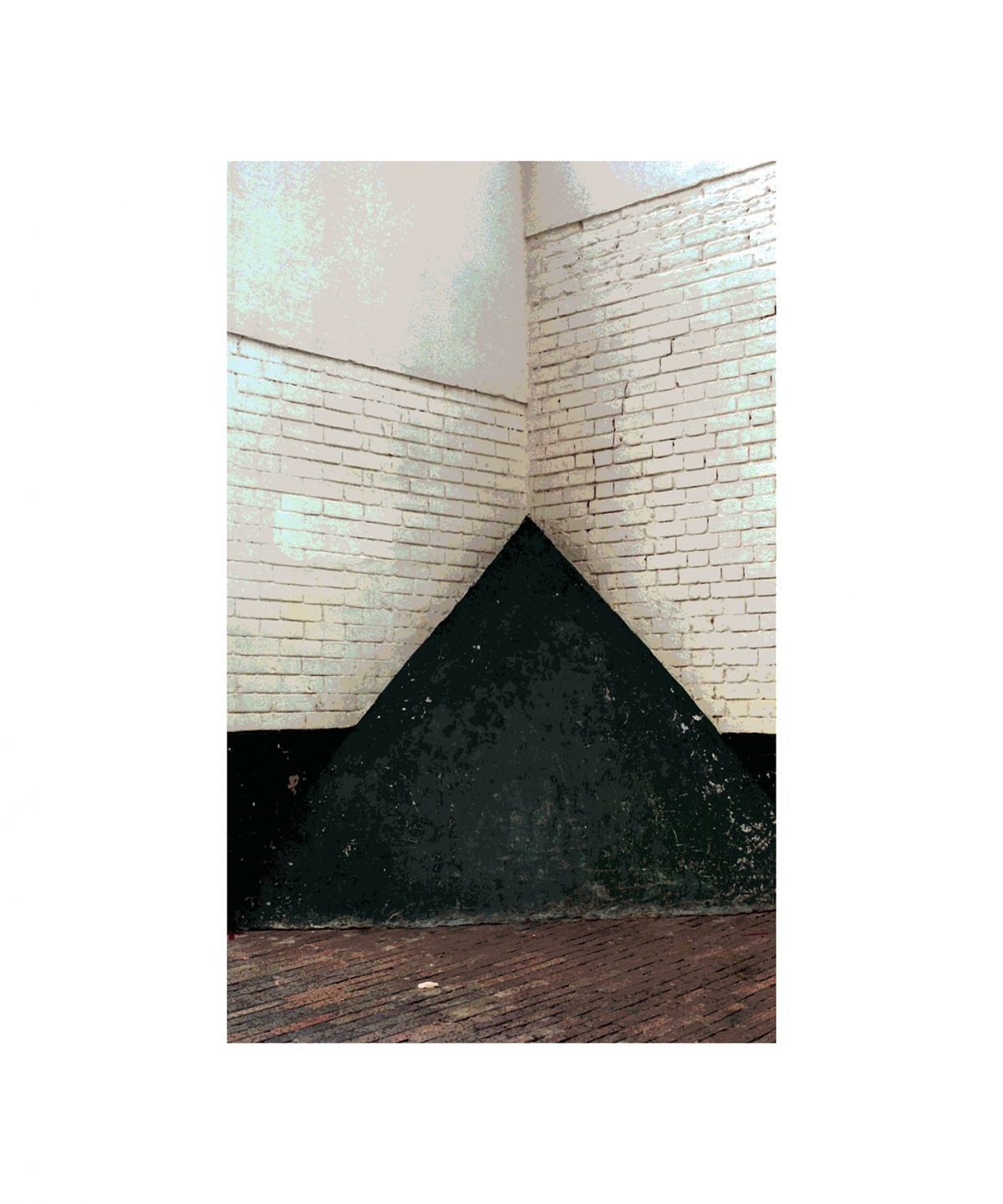
You named the exhibition “La Vuelta”, which means “the return” or “the loop”, but which is also a slang term for drug trafficking. Are you trying to say that reality is never unilateral, that not all Colombians have lived the civil war in the same way?
Firstly, we use it in the sense of a “tour”, like in the Tour de France. And these tours involve an encounter with diversity, with some journeys that are easier and others that are more difficult. For Colombia, in particular, this implies a huge contrast in cultural, geographic, social and economic diversity. It’s also a source of celebration, because in cycling, for example, Colombian sportsmen and women often perform really well throughout the world. “Vuelta” also means “errand”, as in “I need to run a vuelta to pay my electricity bill”… There’s really a daily usage that, in the context of drug trafficking, has become a euphemism for the illegal assignments to be carried out. In fact, we borrowed this term from a body of work by Juan Fernando Herrán, which speaks to this. It’s also a way of recognizing the darker facets of daily life in Colombia, which are tackled by several artists in the exhibition. In addition, the term alludes to the idea of a comeback, a new possibility—even if it’s not without difficulty, because peace doesn’t just come from a signed agreement. It’s a cultural, social and political construction that meets a lot of opposition. In this sense, maybe La Vuelta, the return, becomes a circle or a cycle of violence that perpetuates itself, or a new path that opens up step by step. All these meanings are present.
On a similar note, certain pieces have an offbeat gaze, even ironic; others are more corrosive, or melancholic. Is this a way of grasping a multiple and paradoxical reality, by bringing together often divergent outlooks?
Absolutely. The exhibition is far from homogenous. We could have chosen more similar artworks or artistic practices, or opted for one sole narrative, one theme. But showing diversity in this way, like a broad spectrum where everything is nevertheless connected, is more interesting to explore. We deliberately chose to push the contrasts and the contradictions, because these points of tension are interesting, more dynamic and representative of an artistic scene that offers more questions than answers.
Images by © Ana Marìa Rueda,© Rosario Lòpez, © Paulo Licona,
